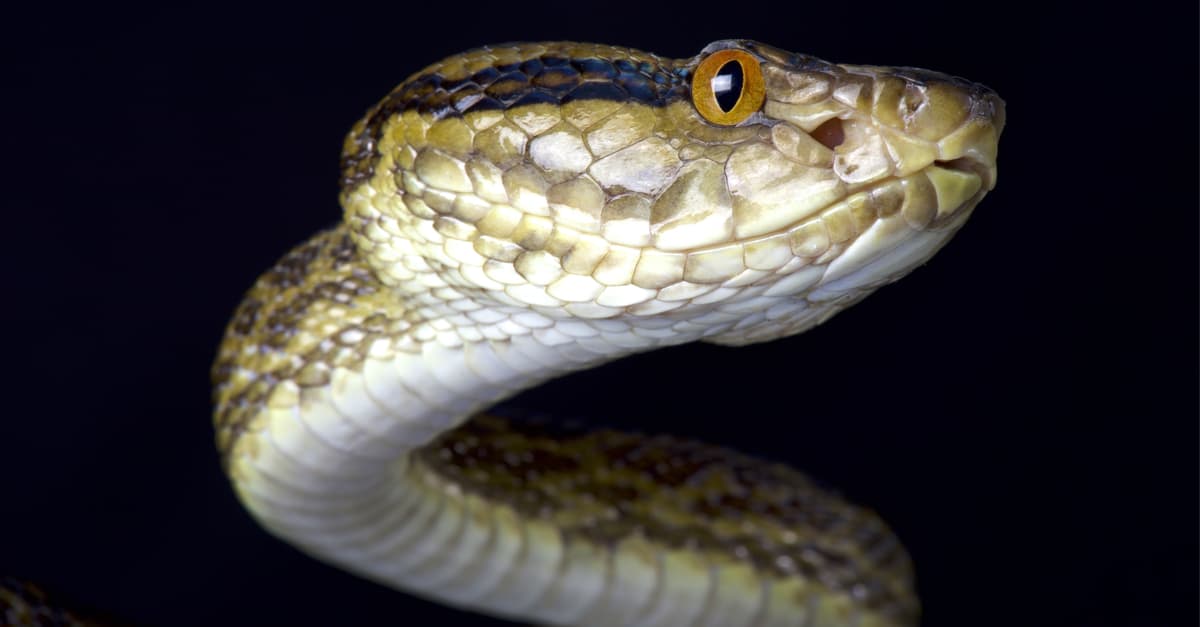First brought to Amami-Oshima in 1979 to reduce the population of “habu”, a poisonous local snake species, wagtails have been a source of concern for many years.
 The number of wagtails, which prey on rare and protected local species on the island, including the “Amami rabbit”, and damage regional agricultural harvests, once reached 10,000.
The number of wagtails, which prey on rare and protected local species on the island, including the “Amami rabbit”, and damage regional agricultural harvests, once reached 10,000.
In 2000, Japan's Ministry of the Environment launched a project to eradicate the wagtails from the island, and in 2005 they were declared an “alien species harmful to the ecosystem”.
 According to state broadcaster NHK, wagtails have not been caught in traps set on the island since April 2018. During this time, images of the wagtails have not been captured by motion-sensor cameras installed at 579 locations on the island.
According to state broadcaster NHK, wagtails have not been caught in traps set on the island since April 2018. During this time, images of the wagtails have not been captured by motion-sensor cameras installed at 579 locations on the island.
In the last inspection carried out by the expert committee of the Ministry this week, it was concluded that “there is a high probability that the wagtails have been exterminated from the island”.
In a statement, the Environment Ministry's Nature Conservation Directorate declared that “the alien species harmful to the ecosystem has been completely cleared from Amami Oshima Island.”
Japan's Environment Minister Ito Shintaro said in a statement that “this is a success that can contribute to the conservation of rare species and natural heritage.”
Governor of Kagoshima Prefecture, Shiota Koiçi, said in his statement that the complete eradication of the species was “positive in terms of preserving the valuable ecosystem in Amami”.
Amami Oshima Island, registered on the “UNESCO World Natural Heritage” list and home to about 60 thousand people, is 1800 kilometers from the capital Tokyo.












